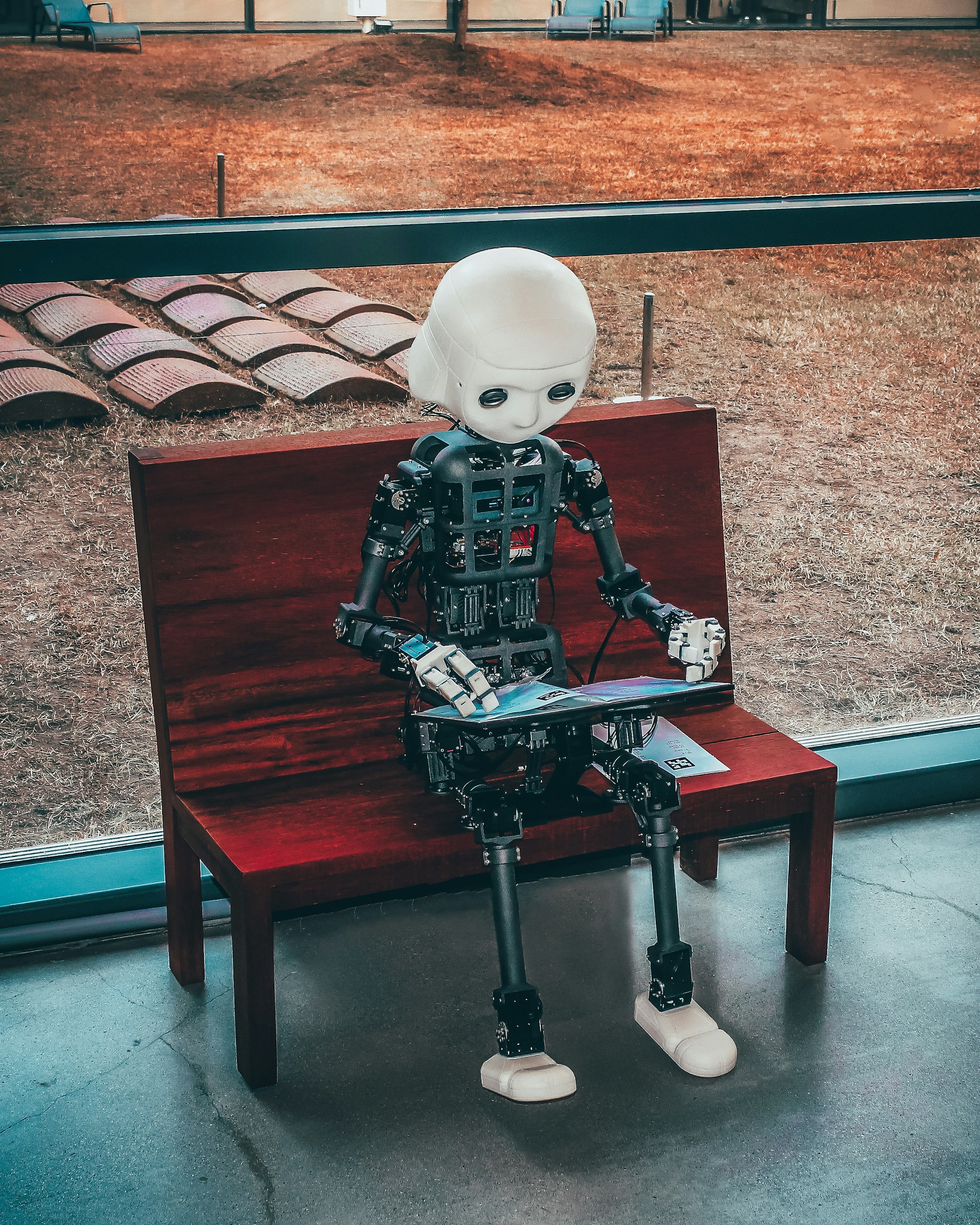
Table of Contents
- Vibe Engineering & Vibecoding: The Future of Coding with AI vs Traditional Methods
- What is Vibe Engineering & Vibecoding?
- Traditional Coding: The Classic Approach
- Vibe Engineering in Practice: Tools & Workflows
- Traditional Coding Workflow
- Productivity & Developer Experience: A Comparison
- Real-World Examples & Case Studies
- Challenges & Limitations
- The Future: Hybrid Coding & Vibe Engineering
- Further Reading & Resources
Vibe Engineering & Vibecoding: The Future of Coding with AI vs Traditional Methods
Vibe engineering and vibecoding are rapidly emerging as the next evolution in software development, blending human creativity with the power of AI. But how do these new approaches compare to traditional coding methods? Let’s explore the philosophy, tools, workflows, and productivity differences, and see how the developer experience is being redefined.
What is Vibe Engineering & Vibecoding?
Vibe engineering is a mindset and workflow where developers focus on flow, intuition, and leveraging AI to amplify their creative and technical output. Vibecoding refers to the act of coding in this state—using AI copilots, automation, and a playful, experimental approach to problem-solving.

Key Principles
- Flow over friction: Minimize context switching and manual repetition.
- Collaboration with AI: Treat AI tools as creative partners, not just utilities.
- Rapid prototyping: Quickly test ideas, iterate, and refine with instant feedback.
- Emphasis on experience: Prioritize developer joy, curiosity, and learning.
Traditional Coding: The Classic Approach
Traditional coding emphasizes manual control, deep focus, and step-by-step problem solving. Developers rely on their own expertise, documentation, and community support.

Key Characteristics
- Manual research: Searching docs, Stack Overflow, and forums.
- Incremental progress: Building and debugging line by line.
- Tooling: IDEs, linters, debuggers, but little automation beyond syntax help.
- Learning curve: Mastery comes from repetition and experience.
Vibe Engineering in Practice: Tools & Workflows
Vibe engineering is powered by a new generation of tools:
- AI Coding Assistants: GitHub Copilot, Claude, ChatGPT, Amazon CodeWhisperer
- AI Design Tools: Midjourney, Adobe Firefly, Figma AI
- Automated Testing: Replit Ghostwriter, DeepCode, AI-powered QA
- Project Management: Linear, Notion AI, AI-driven Kanban
- Instant Prototyping: Vercel AI SDK, Astro, SvelteKit with AI integrations
Typical Workflow
- Describe the goal in natural language.
- AI generates code, UI, or tests instantly.
- Human reviews, tweaks, and iterates with AI feedback.
- Automated deployment and monitoring with AI optimization.
Traditional Coding Workflow
- Define requirements and plan manually.
- Write code from scratch using docs and experience.
- Debug and test with manual or semi-automated tools.
- Deploy and monitor with scripts and dashboards.
Productivity & Developer Experience: A Comparison
| Aspect | Vibe Engineering / Vibecoding | Traditional Coding |
|---|---|---|
| Speed | Extremely fast prototyping, instant feedback | Slower, step-by-step |
| Creativity | High—AI suggests novel solutions | Depends on individual |
| Error Handling | AI catches many issues early | Manual debugging |
| Learning Curve | Lower—AI explains and guides | Steep, self-driven |
| Collaboration | Human + AI, async and real-time | Mostly human, synchronous |
| Burnout Risk | Lower—focus on flow and joy | Higher—tedium, repetition |
Real-World Examples & Case Studies
- Startups: Rapid MVPs with Copilot and Vercel AI SDK
- Enterprises: Claude for code review, Notion AI for docs
- Indie Hackers: Solo devs launching products in days
Challenges & Limitations
- AI hallucinations: Not all suggestions are correct—human review is essential.
- Over-reliance: Risk of losing deep technical skills if AI is always used.
- Ethics & privacy: Sensitive code/data must be handled carefully.
- Tool fatigue: Too many tools can overwhelm; curation is key.
The Future: Hybrid Coding & Vibe Engineering
The most effective developers will blend the best of both worlds—using AI for flow and creativity, but retaining the rigor and understanding of traditional coding. Vibe engineering is not about replacing developers, but empowering them to focus on what matters most: solving problems, building products, and enjoying the process.
Further Reading & Resources
- Vibe Engineering: A Complete Guide (Medium)
- What is Vibe Coding? (lovable.dev)
- A Comprehensive Guide to Vibe Coding Tools (Medium)
This article was written with the assistance of AI tools, reflecting the very principles of vibe engineering and vibecoding.



